Customer Journey
11.01.2024
10 minutes read
How to Create Great Content for Every Stage of the Modern Customer Journey
The modern customer journey is more complex than ever.
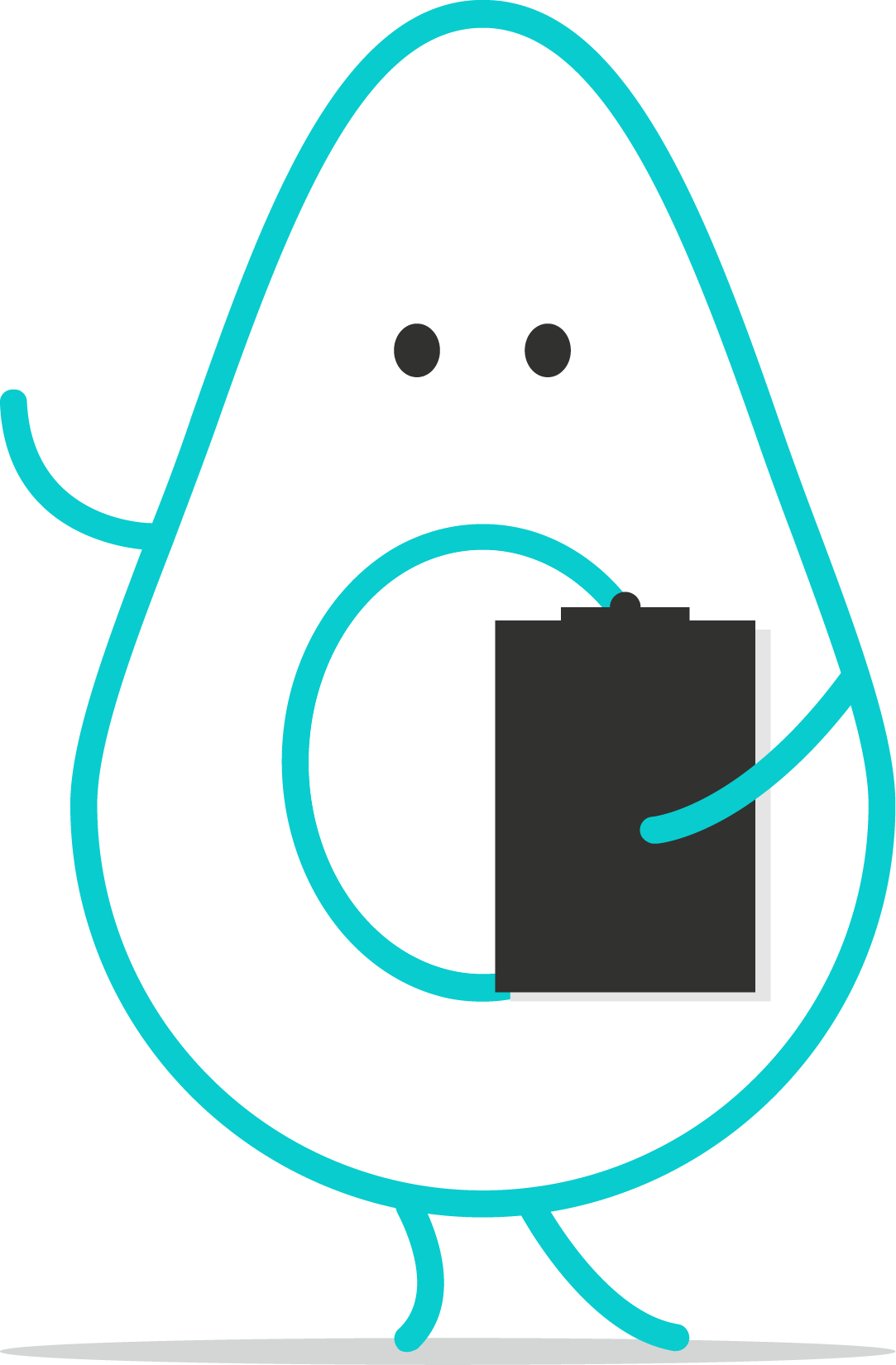
List of Contents
The modern customer journey is more complex than ever.
No longer a linear process, in 2023, it involves multiple channels, including search engines, social media, product reviews, word of mouth, and offline research. Moreover, the modern customer journey is also unpredictable. Nowadays, some buyers take months to make a single small purchase, while others decide to invest in big-ticket items in mere seconds.
This is a guest post written by Natasha Lane. Natasha is a lady of a keyboard and one hell of a geek. She has been working for, and collaborating with, individual clients and companies of all sizes for more than a decade. Natasha specializes in writing about design, branding, digital marketing, and business growth. She is also addicted to art in all its forms and grilled tofu.
But that's not all. Businesses investing in customer journey optimization now face an additional hurdle. They must capture their target audience's attention in a world of almost unlimited choices.
Arguably, the only way to do it organically (and with a satisfactory ROI) is to invest in high-quality, customer-centric content. So, if you want to learn how to create great content for every stage of the modern customer journey, here's where to start.
Before You Begin the Content Creation Process
Content creators often say that the best way to start publishing is to just get started. However, investing in content marketing for your business necessitates a slightly more goal-oriented approach. For this reason, you must base your content marketing activities on well-planned strategies.
Although this may sound complicated, ensuring success doesn't necessarily have to be so.
By doing the necessary prep work — defining your audience, segmenting potential customers, identifying relevant topics to cover, etc. — you can come up with a list of guidelines that will allow you to get the biggest bang for your buck with every single piece of content you publish.
How to Create Content for the Modern Customer Journey
Once you've set yourself up for success, it's time to start the production process.
Depending on what stage your chosen audience populates, you'll try to reach different goals and use diverse formats. That doesn't necessarily mean that one type of content can't work for multiple stages. In fact, even the same article can serve numerous purposes.
However, understanding how consumers shop and their priorities at each phase of the sales funnel will help you create better resources that will drive engagement, conversions, and loyalty.
Awareness Stage
When creating content for the awareness stage of the buyer's journey, your primary goal should be to answer your audience's questions, present them with educational resources, create a market for your solutions, and (most importantly) raise product and brand awareness.
You must understand that the people you're trying to reach aren't aware of your brand's existence nor of the effectiveness of your solutions. All they know is that they have a pain point they wish to solve (not necessarily by investing in a product or service).
So, when creating content for the awareness stage of the buyer's journey, there are three things you must do:
- First and foremost, you must understand future customers' pain points and frustrations.
- Secondly, you need to be willing to address these pain points head-on.
- Thirdly, you must research how your prospects search for solutions — identifying keywords, preferred research channels, and trusted resources.
If you've done these three things, you'll be well on your way toward success — no matter what formats you decide to invest in.
For example, SEO-optimized blog posts are the most popular type of Top of Funnel (ToFu) content. Their potential lies in two factors. The first one is that 86% of consumers see search engines as the most effective online channel for finding answers to their questions. The second is that blogs are a great format to work with. As they answer general consumer questions, they can allow you to attract your target audience's attention and win them over by presenting them with valuable information condensed into an easy-to-consume resource.
If you look at ShopSolar's How Much Solar Power Do I Need for My RV, you'll see that the article takes a direct approach to answering a specific question. However, what makes this particular blog post stand out is that it's made with one distinct goal in mind: getting web visitors to start interacting with the brand, whether by using its free calculator resources (just like a restaurant might add a tip calculator to its website), checking out one of the business' ready-made solar kits, or getting in touch with the brand's experts to receive personalized solar power advice.
 Source: shopsolarkits.com
Source: shopsolarkits.com
For a slightly more elevated approach, consider creating long-form educational content and writing headings that contain phrases like 'guide' and 'how to,' which have been shown to [triple organic traffic in 2022](https://lp.semrush.com/rs/519-IIY-869/images/State Of Content Marketing 2022.pdf).
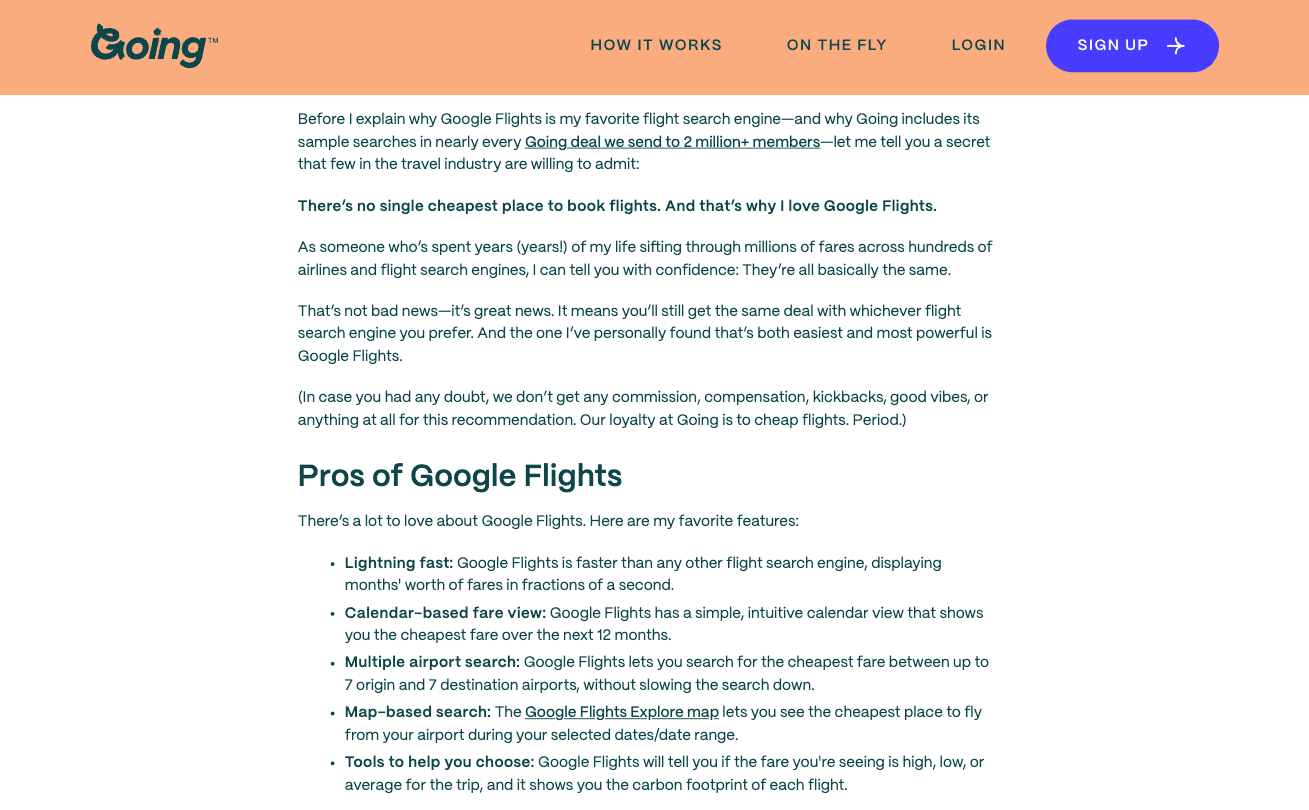 Source: going.com
Source: going.com
The third format you need to capture consumers in the awareness stage of the modern customer journey is social media content.
According to research, the average time a person spends on social networks daily in 2023 is 151 minutes. Moreover, some consumer behavior studies have shown that 76% of consumers have purchased products they saw in branded social media posts. And it's also worth noting that 47% of US consumers have used social commerce, with this type of shopping rapidly gaining popularity.
Considering these points of data, brands looking to engage awareness-stage consumers with ToFu content need to invest in high-quality social media content that will maximize reach and drive solution understanding. These can include a variety of formats: contests, educational videos, or influencer marketing campaigns like the collaboration between Tumi and F1 driver Lando Norris below.
 Source: instagram.com
Source: instagram.com
Consideration Stage
When creating content for the consideration stage, your primary concern should be to support consumers in making the best buying decision for their needs.
During this phase, people already know what their pain point is and how they can solve it. So, they will be looking for resources that present objective, trustworthy, data-based, and insightful info about the various services/products available on the market.
Without any doubt, product comparisons are the best format to invest in for the consideration stage. On the one hand, they're a great way to naturally move prospects through the sales funnel. On the other hand, when enhanced with the right CTAs, they can also serve to drive conversions, which is particularly valuable to brands trying to shorten the sales cycle.
For instance, if you check out the Best Amazon Repricer Tools to Use in 2023 guide from Startup Resources, you'll see that it's an excellent example of MoFu content. It presents readers with super-objective purchase advice. It highlights the benefits of using Amazon repricer tools. And it provides direct links to each of the solutions mentioned.
 Source: startupresources.io
Source: startupresources.io
Alternatively, single-product deep dives — especially those written with a scientific proof-oriented approach like the What Is the Best Creatine Supplement? (2023 Science Update) guide from Transparent Labs — can be a solid investment for the non-linear customer journey. This piece of content works similarly to product review and product comparison articles. However, what it does differently is that it prioritizes trust-building by backing up each claim with a direct link to a scientific study. This particular approach works perfectly in low-trust industries like health or finance, where consumers exercise extra caution when choosing what products to invest in.
 Source: transparentlabs.com
Source: transparentlabs.com
One additional thing to note about consideration stage content, however, is that the modern customer journey doesn't always progress from awareness to the consideration stage. Sometimes, buyers enter the funnel at this phase.
So, it is essential to approach content creation for this part of the shopping process by ensuring that you don't alienate awareness-stage buyers with too much technical jargon or too little information about the pain point you're addressing.
Digestive Warrior achieves the ideal balance between awareness and consideration-oriented content in its Histamines: Is Bone Broth Making You Sick resource. As a guide that works for both top and mid-funnel buyers, it's an excellent example of how one single article can work for multiple stages of the sales funnel, as long as it prioritizes building credibility and trust as the best way to inspire conversions in today's competitive market.
 Source: digestivewarrior.com
Source: digestivewarrior.com
Additional ways to win at consideration-stage content marketing is to invest in the creation of resources that deliver the necessary value to your audience while also helping you capture more leads.
Ebooks, industry trend reports, and newsletters can all work wonderfully for brands dealing with longer sales cycles. Because these resources present prospects with unique value, they can inspire lead generation on landing pages. You can even use them as CTAs on existing content pages, like in the 8 Handpicked Competitor Analysis Tools on the Ahrefs blog.
 Source: ahrefs.com
Source: ahrefs.com
Decision Stage
Lastly, as you approach the end of the modern customer journey, understand that you'll need decision-stage content to help inspire your prospects to convert.
In general, decision-stage content is the most sales-oriented of all the formats we've mentioned. Most brands approach this phase of the purchasing process by populating it with offers and coupons meant to push prospects over the conversion line.
However, research shows that overt ads aren't always the best way to inspire conversions. GWI discovered that the most common advertising mistakes include:
- Showing too many ads.
- Allowing sales-oriented content to block the content users are trying to access.
- Not personalizing ads and showing irrelevant advertisements next to inappropriate content.
- Ignoring user privacy for the sake of presenting them with an ad.
With this in mind, it's apparent that approaching the content creation process when targetting conversion-ready buyers needs to be more user-oriented, personalized, and relevant.
Fortunately, various formats can help businesses boost sales without frustrating more ad-sensitive buyers.
For example, product previews, extended free trials, and interactive tools — like this one from MarketBeat — are all great ways to nudge people to convert while minimizing their perception of risk. If you choose to employ these types of decision stage content, be sure to practice full transparency (how long people can use the free trial/tool, whether they need a credit card to sign up, how much the price is, etc.). Moreover, make sure to have a bulletproof onboarding strategy in place so that you maximize product adoption and inspire loyalty.
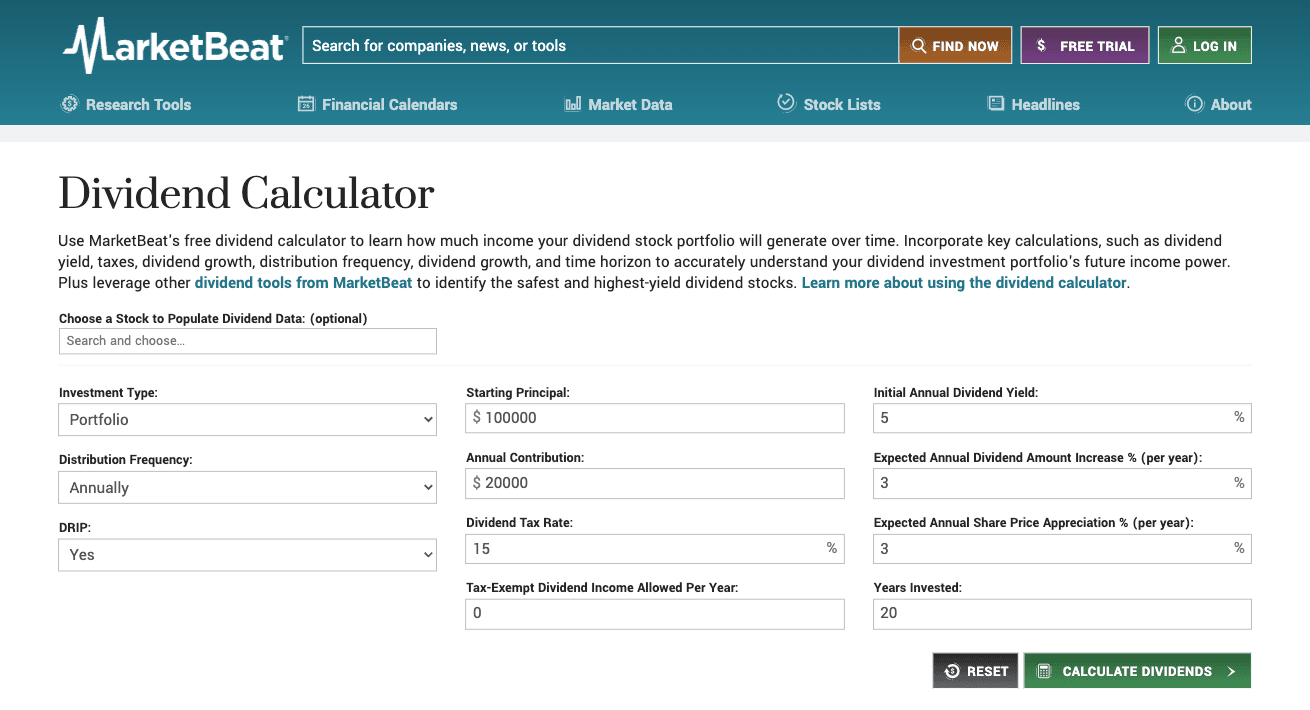 Source: marketbeat.com
Source: marketbeat.com
Secondly, knowing that, ultimately, people are most likely to trust purchasing advice from peers, industry experts, and influencers, do your best to create decision-stage social proof content.
In addition to featuring reviews, ratings, customer stories, and UGC on your landing pages, also do your best to present prospects with more detailed instances of social proof, such as case studies and outcome reports.
For example, if you check out Hey Digital's How We Helped Wiza Achieve 88% Growth in Sign-up Conversions, you'll see that it's filled not just with real-life data and results. But more importantly, this piece of content goes into lots of detail on how the brand achieved the outcome it describes, significantly improving the resource's credibility and its conversion-boosting potential.
Final Thoughts
Creating great content for every stage of the modern customer journey requires a lot of work. And not just during the production phase. Producing stellar resources necessitates in-depth research, strategization, monitoring, adapting, and, of course, full alignment with your prospect's position in the sales funnel.
Nonetheless, investing resources into content marketing always pays off. And not only that, but great content has the potential to significantly outperform most other marketing practices.
So, if you're looking to take your business to the next level, try to implement the tips above. And do your best to get a jump start on developing and publishing content that will inspire customer loyalty. Because ultimately, getting your audience to convert won't amount to much if you can't get them to stick to your brand well into the future.
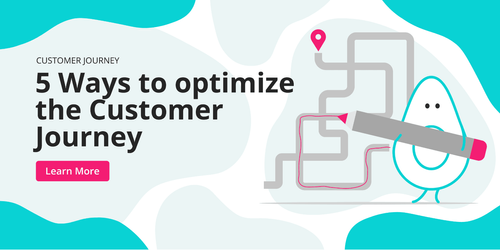
28/09/2023
10 minutes read
5 ways to optimize the customer journey
For e-commerce businesses, ensuring the comfort of customer experiences throughout the customer journey is a make-or-break situation.
Read more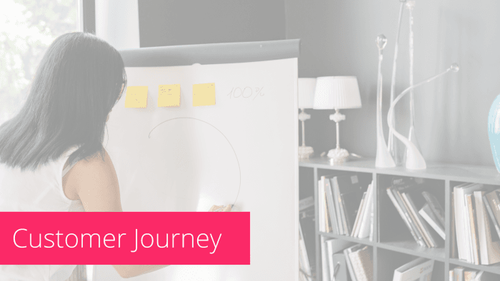
11/06/2021
10 minutes read
Customer journey optimization
Most businesses want to improve the customer experience across all of their digital properties. Including websites, social media, blogs, and so on.
Read more
15/03/2020
10 minutes read
How to support the customer journey on the client’s website – The F1Brand case
Aside from promotional activities carried out for their clients, marketing agencies analyze hundreds of pieces of information every day to make sure their campaigns are working properly.
Read more
